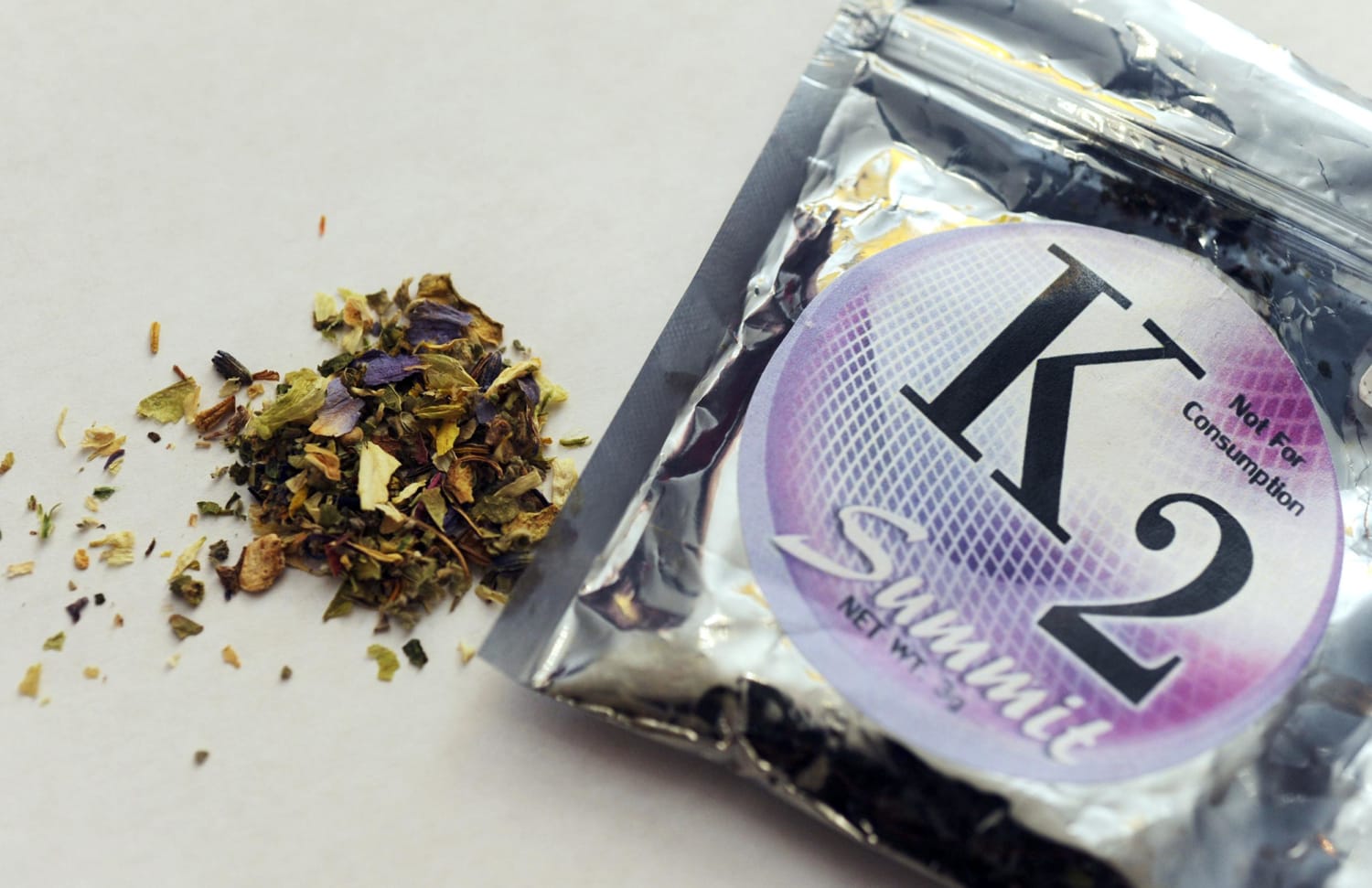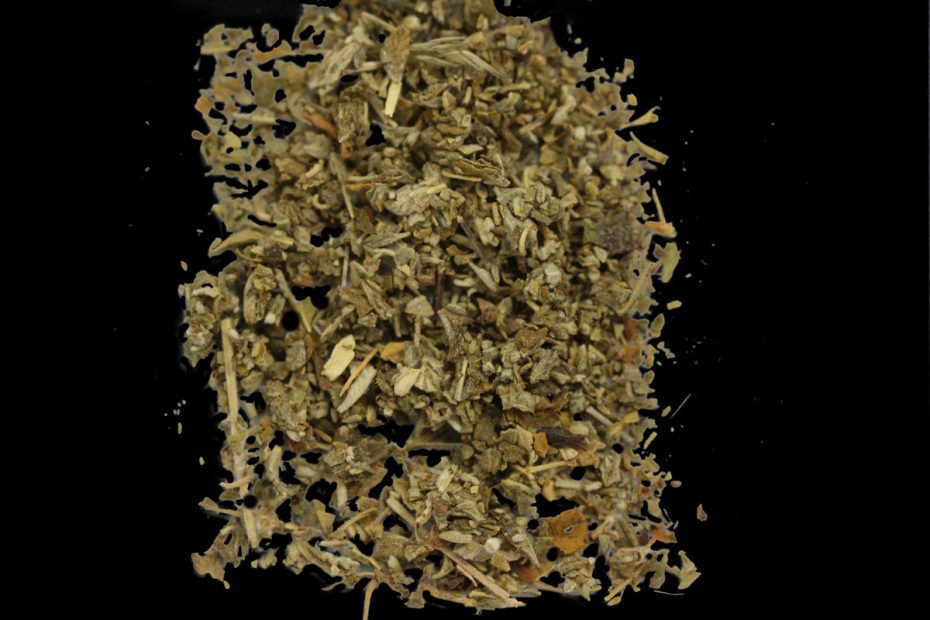Checking Out the Promising Applications and Positive Effects of Seasoning as an Artificial Cannabinoid
In current years, the expedition of artificial cannabinoids, particularly Spice, has actually triggered intriguing discussions within the medical and scientific areas. As research study dives deeper right into this synthetic substance, discovering its similarities and differences with natural cannabinoids, a nuanced understanding of its benefits and difficulties arises.
Restorative Potential of Flavor
Discovering the restorative potential of Seasoning, a synthetic cannabinoid, includes a vital evaluation of its medicinal residential properties and prospective clinical applications. Seasoning, additionally understood as synthetic marijuana, communicates with the endocannabinoid system in a fashion comparable to all-natural cannabinoids, such as those found in cannabis. This interaction results in various physiological impacts that have sparked interest in its restorative opportunities.
Research studies have actually shown that Flavor may have potential as an analgesic, helping to alleviate discomfort in problems such as neuropathic discomfort or persistent inflammatory pain - Buy K2 Paper For Sale. Additionally, its interaction with cannabinoid receptors offers a chance for exploring its usage in handling symptoms of problems like numerous sclerosis or chemotherapy-induced nausea and throwing up

Pain Administration Conveniences
Spice, a synthetic cannabinoid, displays encouraging capacity suffering monitoring because of its analgesic properties and interactions with the endocannabinoid system. The analgesic buildings of Flavor stem from its capability to modulate discomfort perception paths, using alleviation from different sorts of discomfort, including neuropathic, inflammatory, and nociceptive discomfort. By targeting the endocannabinoid system, Spice can manage pain signals, minimize swelling, and ease pain related to persistent discomfort conditions.
Research studies have shown that Flavor can successfully reduce pain intensity and enhance discomfort resistance in preclinical designs of pain. This artificial cannabinoid has demonstrated effectiveness in taking care of pain signs and symptoms without causing significant negative results frequently connected with typical pain medicines. Furthermore, Flavor reveals potential in decreasing opioid dependence and abuse, using a more secure choice for pain monitoring.
Neuroprotective Features
Artificial cannabinoids like Flavor have actually been progressively acknowledged for their possible neuroprotective buildings in mitigating neuronal damage and advertising mind health and wellness. Researches suggest that these substances may provide neuroprotection with numerous mechanisms, consisting of antioxidant effects, anti-inflammatory homes, and modulation of natural chemical release. By connecting with the endocannabinoid system in the brain, artificial cannabinoids can regulate neuronal task and possibly minimize the influence of neurodegenerative diseases or injuries.
One trick aspect of the neuroprotective homes of Flavor is its ability to modulate excitotoxicity, a procedure wherein extreme excitement of nerve cells leads to cell damage or fatality. By managing natural chemical release and moistening excitotoxic signaling pathways, synthetic cannabinoids might help guard neurons from dangerous overstimulation. Furthermore, the anti-inflammatory effects of Flavor can mitigate neuroinflammation, which is typically linked in various neurological disorders.
Relative Evaluation With Natural Cannabinoids
In comparing the neuroprotective homes of artificial cannabinoids like Spice with those of natural cannabinoids, a nuanced examination of their corresponding effects on neuronal health and wellness is essential. All-natural cannabinoids, such as those located in the cannabis plant, have actually been thoroughly pop over here examined for their neuroprotective impacts. These compounds connect with the endocannabinoid system in the body, which plays an important function in maintaining neuronal function and securing versus neurodegenerative diseases.

Regulative and Honest Considerations
Thinking about the potential ramifications on human health and well-being, an examination of governing and honest considerations surrounding using synthetic cannabinoids compared to natural cannabinoids is critical. Artificial cannabinoids, like Flavor, present unique challenges due to their typically unknown chemical structures and potency variants. Regulatory bodies face the overwhelming task of staying on top of the rapid development of new synthetic cannabinoid substances, which can make it tough to enforce consistent you can check here and effective guidelines.

To attend to these regulatory and ethical obstacles, policymakers need to focus on study right into the long-term impacts of synthetic cannabinoids and develop clear guidelines for their production, sale, and usage. Education and learning projects are essential to educate the public concerning the dangers connected with artificial cannabinoids and advertise responsible intake techniques. By taking positive procedures, society can much better secure versus the prospective damages presented by synthetic cannabinoids while promoting ethical criteria and shielding public health.
Verdict
In final thought, the examination right into the therapeutic potential of spice as a synthetic cannabinoid has shown appealing results in discomfort monitoring and neuroprotection. On the whole, the positive impacts of spice as an artificial cannabinoid warrant further study and exploration in the medical field.